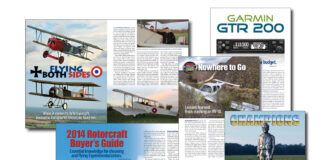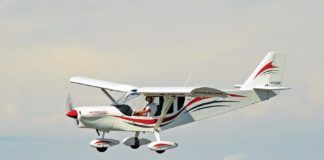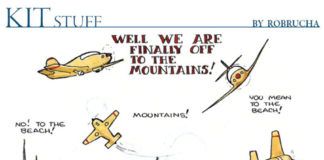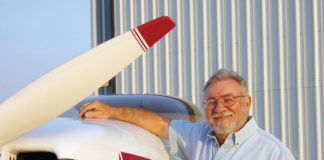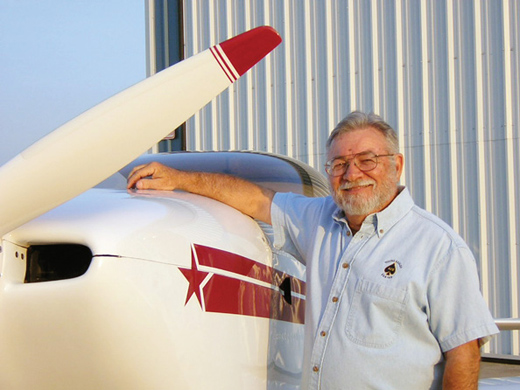
Question: I recently acquired a homebuilt Sonex that was damaged early in its test program. It had already been approved for its Experimental/Amateur-Built certification and released to its test program. The damage occurred at the 3-hour point of its testing period.
By the time it is ready to fly, it will have been substantially changed. The VW engine is being removed, and in its place I will put a totally different, non-aviation powerplant. I will have done significant metal repair, and the instrument panel will be completely changed to reflect putting in a non-certificated EFIS and computerized engine instrument system.
I will also be flying the airplane, (after extensive ground testing for both the engine and its new mount), but will not be “rebuilding” the plane, just repairing/replacing the items detailed above, far from its previously approved test area.
I am thinking about cancelling the previous flight approval and N-number, reregistering it as a new N-number and my plane. I know that any owner can replace the N-number on any plane, as long as it is not already in use, or as an agreement between parties. I will not be representing it as my effort, except for the repairs/changes that I will be making for it.
The point is, what will be necessary to be legal when this occurs? This would apply to numerous Experimentals that are sold to another party before the test period is completed.
Answer: Repairing and even modifying the aircraft with a different engine does not cause a requirement for anything but a logbook entry. This, of course, is assuming that the replacement engine is the same “type” as the engine being replaced. If you were changing to a different type of engine such as a turbine, that would be a different matter. Likewise, if you are changing a fixed-pitch prop to a controllable prop, that would also require extra paperwork. This should all be covered in paragraph (19) of the operating limitations issued to the aircraft.
Changing the N-number can be done somewhat painlessly through your local FSDO or a DAR holding function codes 33 and 46.
Do not try changing the builder name. That is strictly not allowed.
This action should not affect the Phase I flight-test time.
Question: If I build a plane on floats and register it at the gross weight of 1430 pounds so it qualifies for LSA and then later put it on conventional gear, will the plane still qualify to be flown by a Sport Pilot? If so, do you have to document a reduction to 1320 pounds on the conventional gear, or can you keep the gross weight at 1430 assuming the gear can handle the weight? I don’t plan on doing this, but the thought occurred to me and I just wanted clarification.
Answer: You’ll be glad to hear that the answer to your question is yes. And you will need to document the gross weight difference while the aircraft is on wheels. It should not be listed as a change in gross weight, just a different gross weight for a different configuration. A gross weight of 1430 pounds on wheels would not be acceptable for LSA.
Please send your questions for DAR Asberry to [email protected] with “Ask the DAR” in the subject line.










